Tremolo pedals are as old as the hills, and contrary to popular misconception, they are not vibrato tools. A tremolo pedal essentially cuts the volume in and out at various rates and configurations set by the parameters commonly found on the pedal.
Contrast this to a vibrato pedal, which is actually changing the pitch of the note, rather than the volume of the note. Because of the relative simplicity of tremolo pedals, they’re pretty simple to use and set up, but there is a dearth of information on them.
To use a tremolo pedal, connect a 1/4″ cable from your amp to the pedal’s output, and then another 1/4″ cable from the input to your guitar. Adjust the speed of the tremolo effect with the rate control, the depth for intensity, and then the wave to change the LFO waveform from triangle to square.
Most tremolo pedals will have approximately 3-4 knobs on them, and each one will control the speed, intensity, LFO waveform, and volume or mix knob. There are countless examples of popular songs that use tremolo pedals, so we’re going to run through a couple of them, including how to get the effect. But first, let’s talk about what it is.
Using A Tremolo Pedal – A Step-By-Step Guide
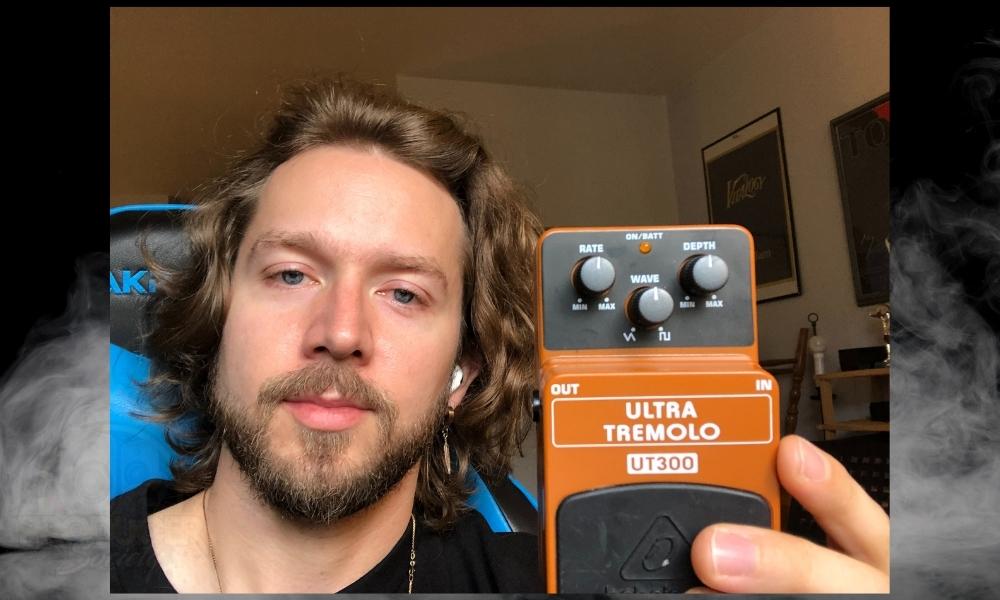
In simple terms, tremolo acts as a modulation effect that oscillates between low and high volume. The sound this creates is like a pulsing guitar signal, depending on how you’ve set the parameters.
In my view, the best way to get a tremolo to sound good is to figure out the BPM of your song and then match the tremolo speed to go with your track. I explored this a bit more in my guide to The Smith’s “How Soon Is Now.”
The tremolo can function in several ways, but some things are more certain than others.
One is that there is something called an LFO, a low-frequency oscillator that turns the guitar signal up and down. The sound that we all know as tremolo is made up of sine and triangle waves, and most pedals will have some form of these.
Sine waves are smoother because the sound wave is smooth, whereas a triangle wave – as you can probably guess – is edgier, and linear, and it goes up and down in a more dramatic fashion as a result.
There are many examples of tremolo in popular songs considering the effect goes back to the 1960s, from what I understand. In most cases, the tremolo pedal will have a few parameters, including speed, depth, and then the sine-wave shape.
These are often called, rate, depth, and shape, respectively. We’ll talk more about this in the upcoming section. It’s important to note that vibrato and tremolo are different, which I discussed in my guide to vibrato.
For this tutorial, I used the Behringer UT300 Tremolo because it’s an inexpensive way to get your hands on this effect, but I wouldn’t necessarily recommend it as your main tremolo effect.
There’s certainly nothing wrong with the Behringer UT300 Tremolo, it’s great as an introduction to this effect, however, a more tried-and-true pedal of this sort is the BOSS TR-2.
How To Set Up A Tremolo Pedal
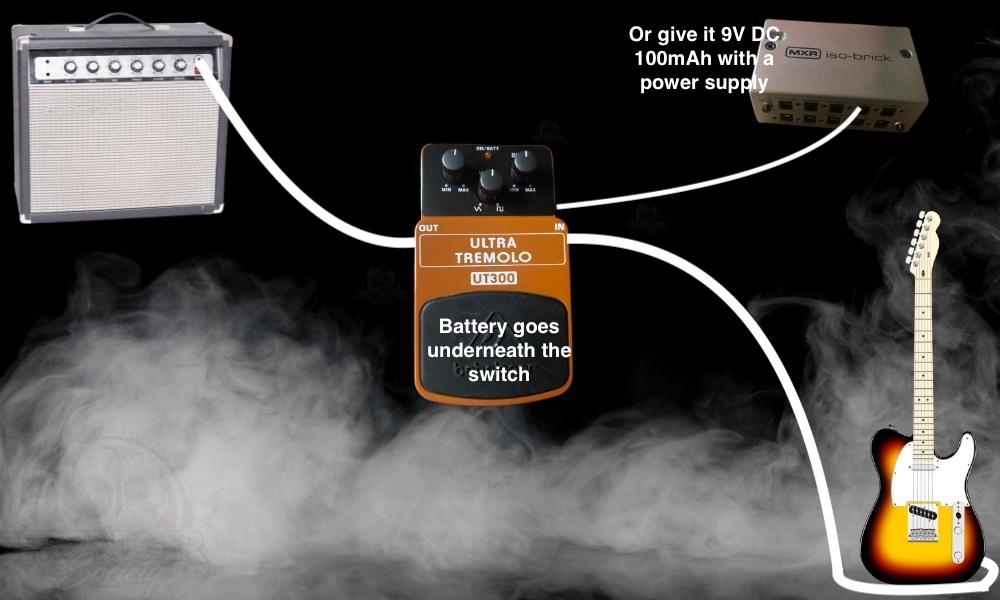
A standard 9V battery works great in a tremolo pedal, especially the UT300 because its power consumption is only 30mAh, so you can get 10 hours out of a standard 9V alkaline battery from Duracell or any other competing brand.
Most 9V batteries are rated to give out 300mAh of power. Here’s how to change the battery.
How to Replace the Battery In A Tremolo Pedal
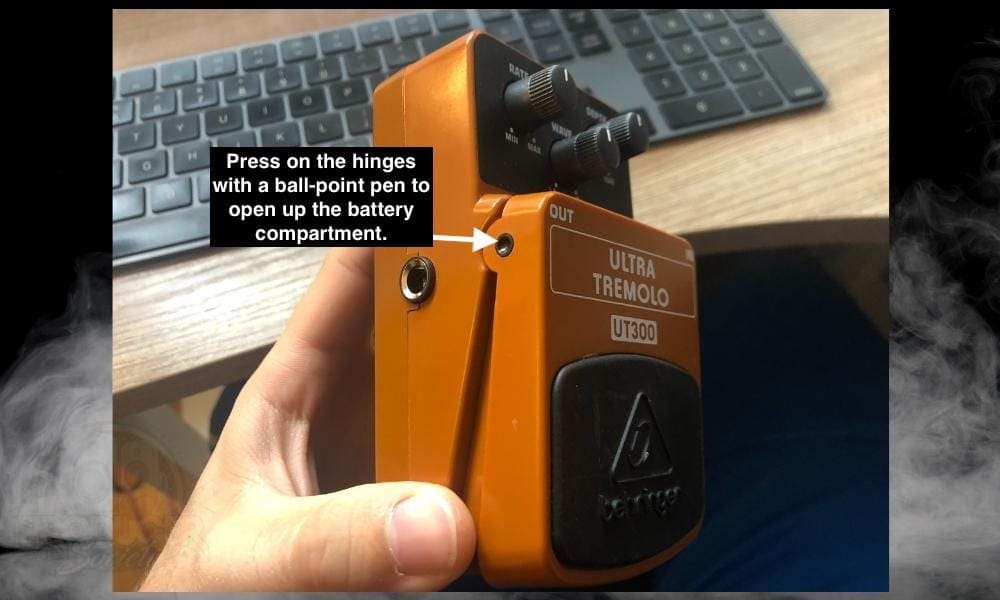
Where Should The Tremolo Pedal Go In Your Signal Chain?
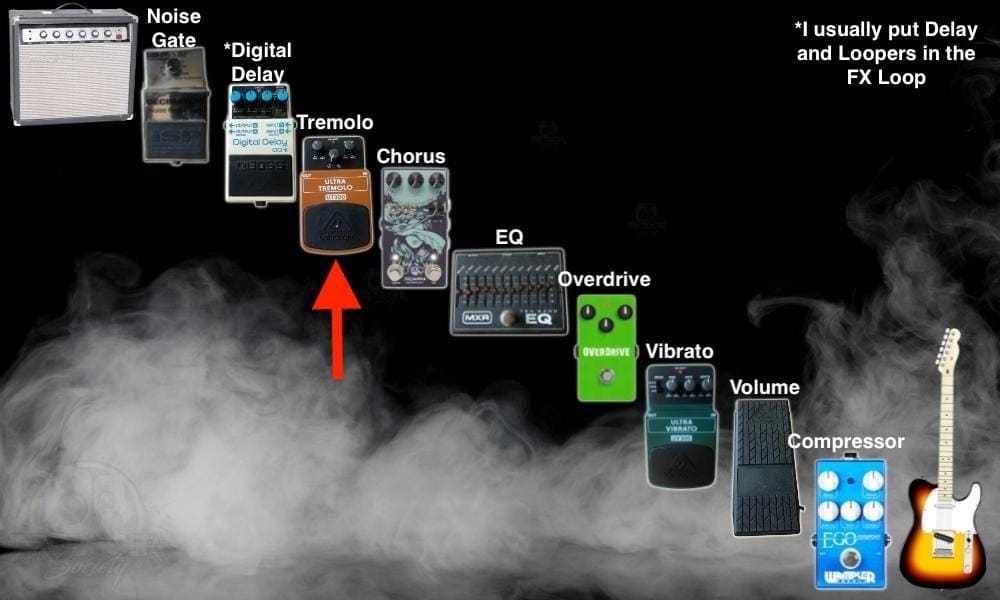
As I explained in my signal chain guide for looper and whammy pedals, where you put pedals in your chain largely depends on preference, but there are some common practices.
I think that it’s best to put the tremolo at the end of your chain because it doesn’t matter if the tremolo gets a dirty or distorted signal or not. It isn’t a pitch-shifting or dynamics effect; it’s mostly a volume control.
For that reason, you could actually try putting it with wah and volume if you wanted to, but generally speaking, I think it would be ok to put the tremolo wherever you want. While I don’t think this would do any harm, it’s probably still best to go at the end of your chain.
Tremolo Controls – Rate, Depth, Wave
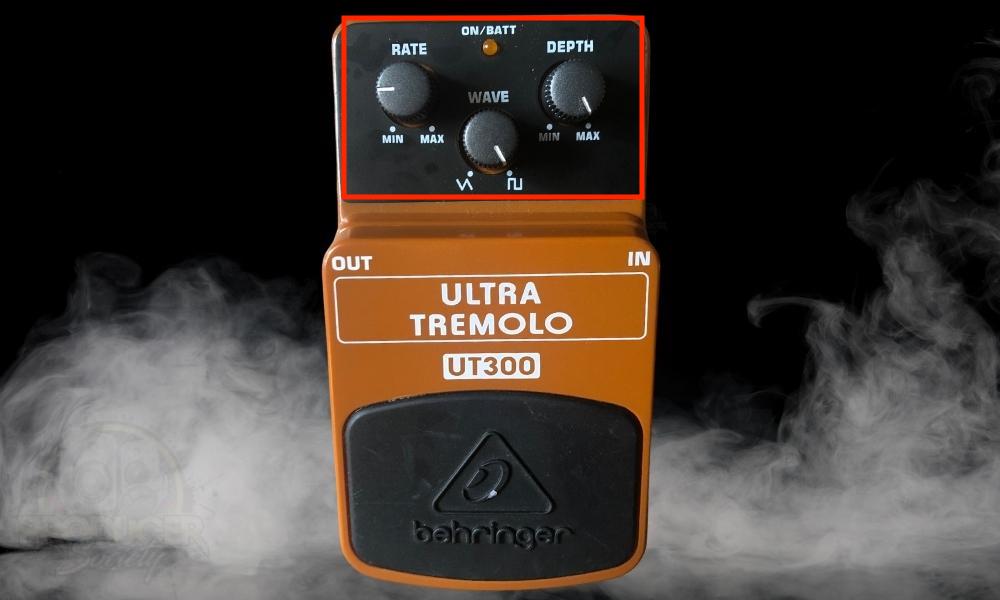
As I was saying to you earlier, every tremolo pedal will have some sort of rate (speed), depth (intensity), and waveform control.
Let’s start with the Rate first because it has the most impact on the way your tremolo sounds. It’s also the most important for getting the rhythm just right.
Rate [Speed]
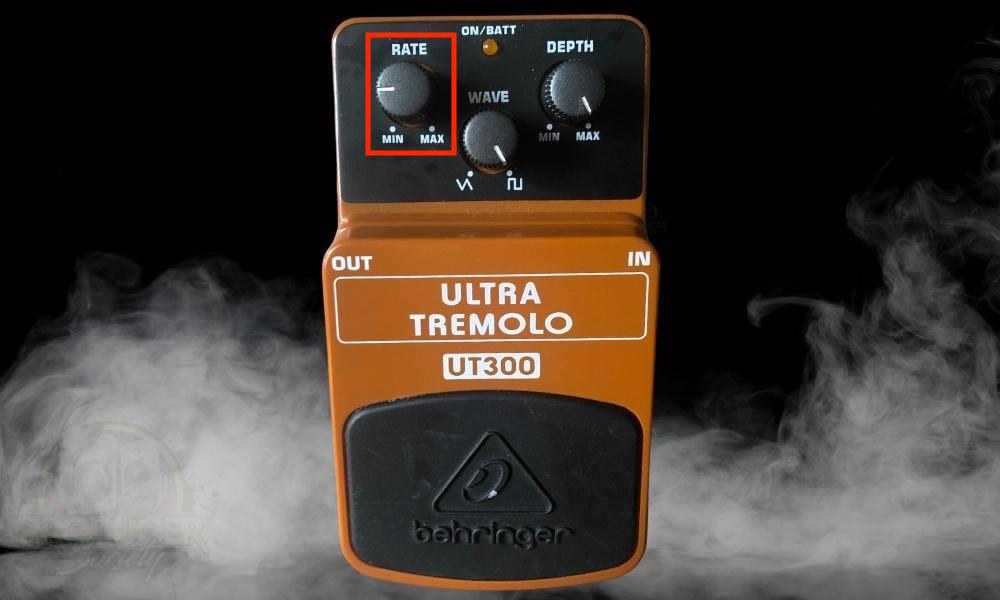
Some more advanced tremolo pedals have a tap tempo button so you can get your tremolo to go along with the song that you’re playing.
This is a great feature to have if you have a song that you want to play along to and you don’t know the BPM. Other pedals may have a dial that says the BPM or speed in note divisions.
Depth
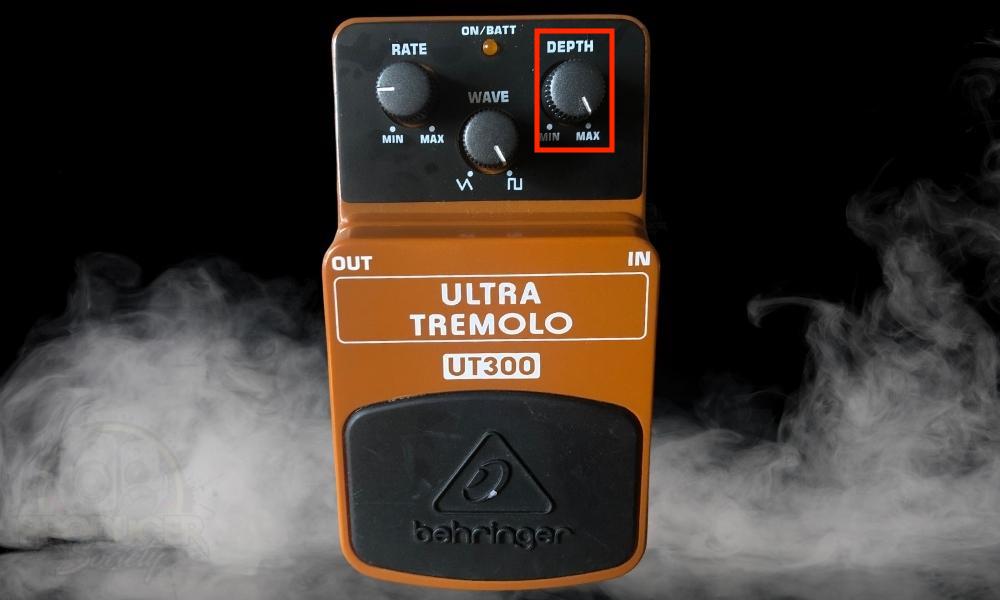
In simple terms, the depth control on a UT300 Tremolo Effect, or really any tremolo pedal for that matter, will increase the intensity. I would describe this effect as the second most impactful on a standard tremolo effect.
Wave
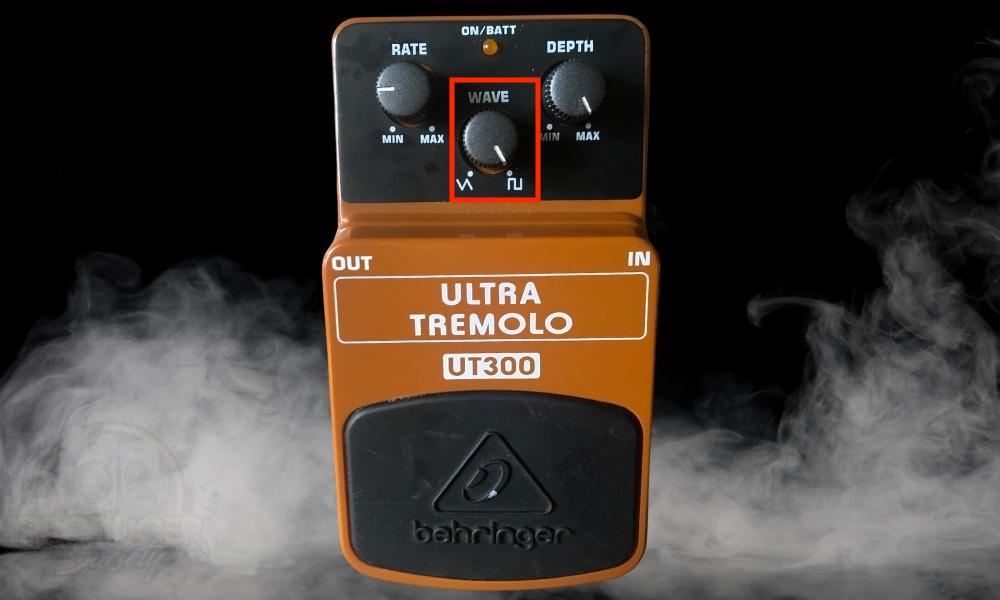
I usually like to have the Waveform setting set so that it’s as abrupt as possible because all of the coolest songs that use tremolo will usually have it like that. I’ll show you a few ways to use tremolo effects in songs in a moment, including song examples.
7 Ways to Use A Tremolo Pedal With Your Guitar
Many songs use the tremolo effect because it has been a standard effect for guitarists to use for a long, long time. I think some of even the first Fender amps had a tremolo effect on them, although, Fender called them vibrato.
Here’s a list of some of my favorite songs that use tremolo as well as the pedal setting that I would use if I was trying to imitate the song. I created and tested all of these and I believe they’re as close as I can get to the song.
I’ve also included the BPM of the song to help you figure out the tremolo BPM if you try it for yourself. Two of the songs were written by Tom Morello, as you could probably guess, considering he was a big user of tremolo, whammy pedals, and phasers.
Additionally, I’m going to use the standard clock as a reference for the dials on the tremolo pedal. It’s worth noting that these songs can act as a guideline for other tracks of a similar tempo.
1) The “Like A Stone” Setting
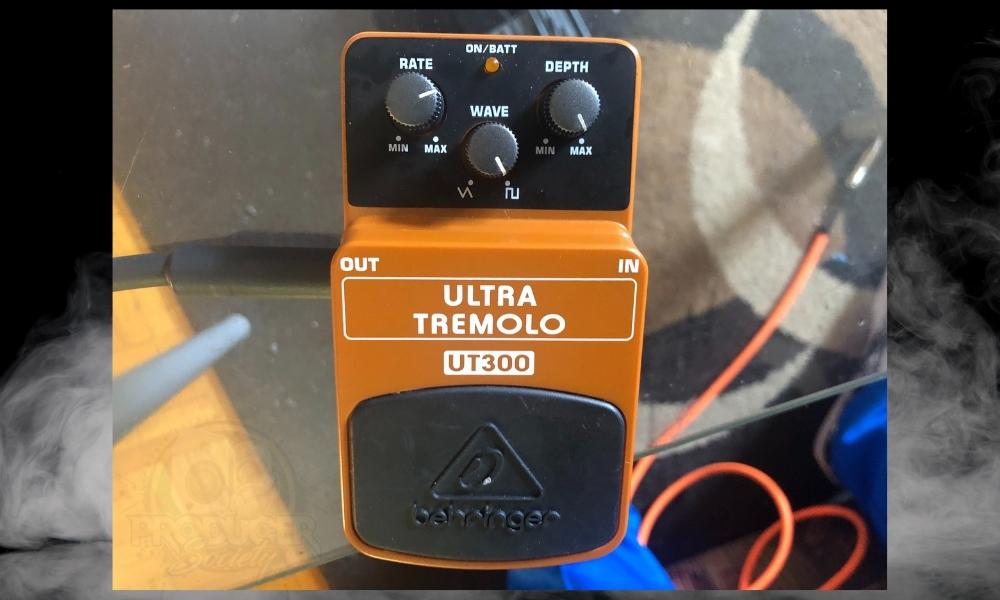
I think “Like A Stone” is probably my favourite example of a melody that uses the tremolo effect brilliantly. The song is incredibly fun to play and it’s so easy. The BPM of “Like A Stone” is 108 approximately.
For the most part, you want to have the rate set to about 2:00 pm, the wave set to linear, and then the depth or the intensity set to the absolute maximum. Set your metronome to 104BPM and get the music for it here.
2) The “How Soon Is Now” Setting
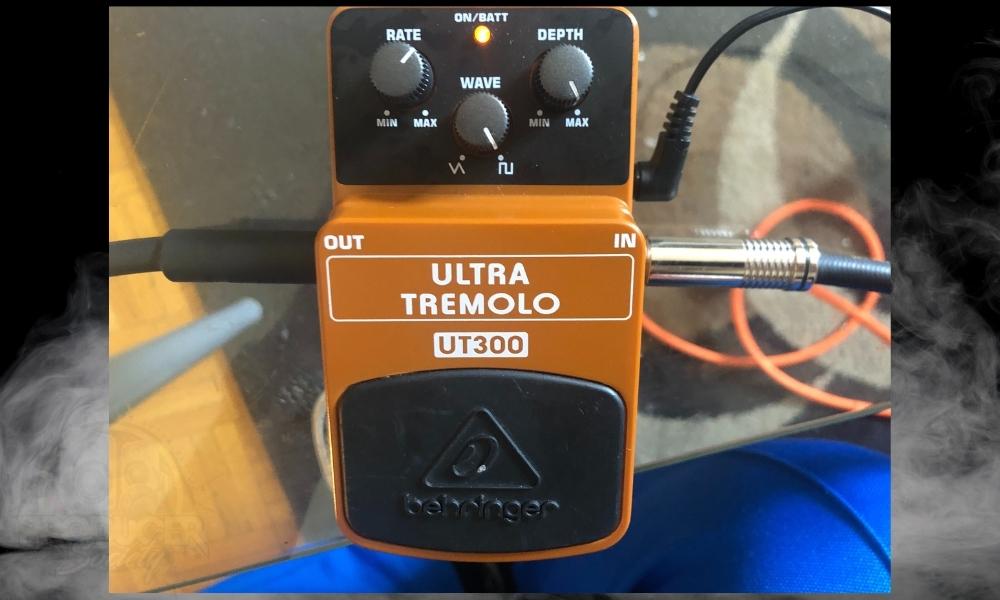
Another great example of tremolo being used is the classic tune from The Smiths, “How Soon is Now?” Set the depth (intensity) to maximum and the rate to approximately 1:00 pm to get the sound you’re looking for.
In this case, I would probably pair it with some reverb and delay as well. “How Soon Is Now?” has a tempo of approximately 95 BPM. You can get a decent tab for it here.
3) The “Creep” Setting
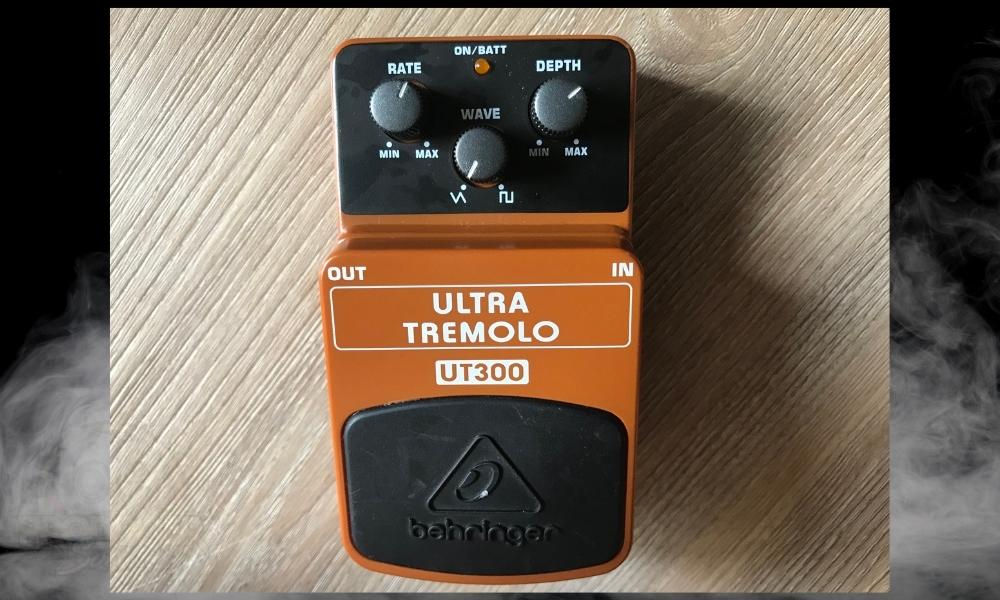
“Creep” from Radiohead is a good example of tremolo as well, although, the effect is just a bit more subdued than the other songs. It has a BPM of 92, give or take.
Also, the tremolo is only for the intro to the song, if I recall it correctly. Find the tab on UG.
4) The “Boulevard of Broken Dreams” Setting
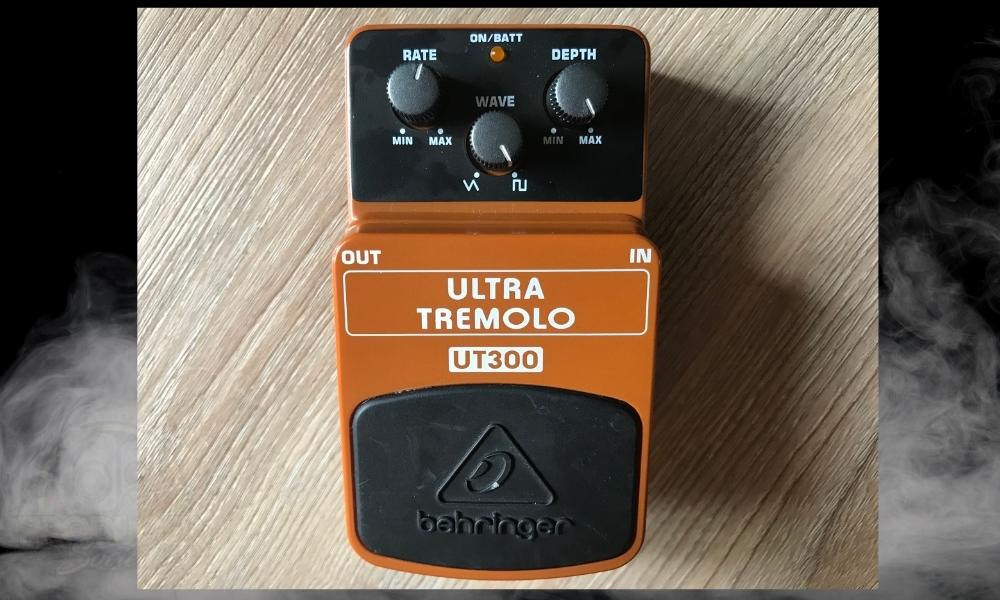
While I’ve never been a big fan of Green Day, personally, they’re an incredibly popular band with a lot of big hits. I think they’re especially popular with beginner guitarists because the songs are so easy to play and catchy.
The tremolo effect can be heard on the introductory distorted guitar riff that kind of lingers its way throughout the track. Green Day’s “Boulevard of Broken Dreams” has a BPM of 83.5, approximately. I’d recommend this YouTube video if you want to learn it.
5) The “Money” Setting
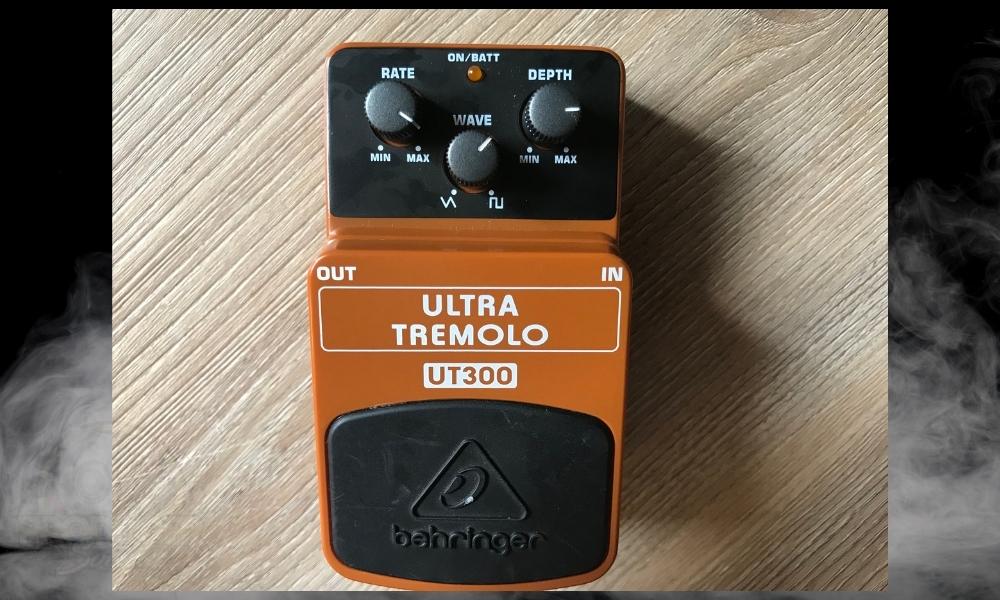
Set the wave to about 1:30 pm, the rate to 4:00 pm, and then the depth to 3:00 pm to get Pink Floyd’s “Money” sound. It has a BPM of 126 BPM. Pink Floyd is a great band to learn from if you’re trying to get better at effectively using pedals for songwriting.
I’d recommend learning how to play this song with this YouTube video here because he does a great job of showing the tabs and everything else.
6) “Gimme Shelter” The Rolling Stones
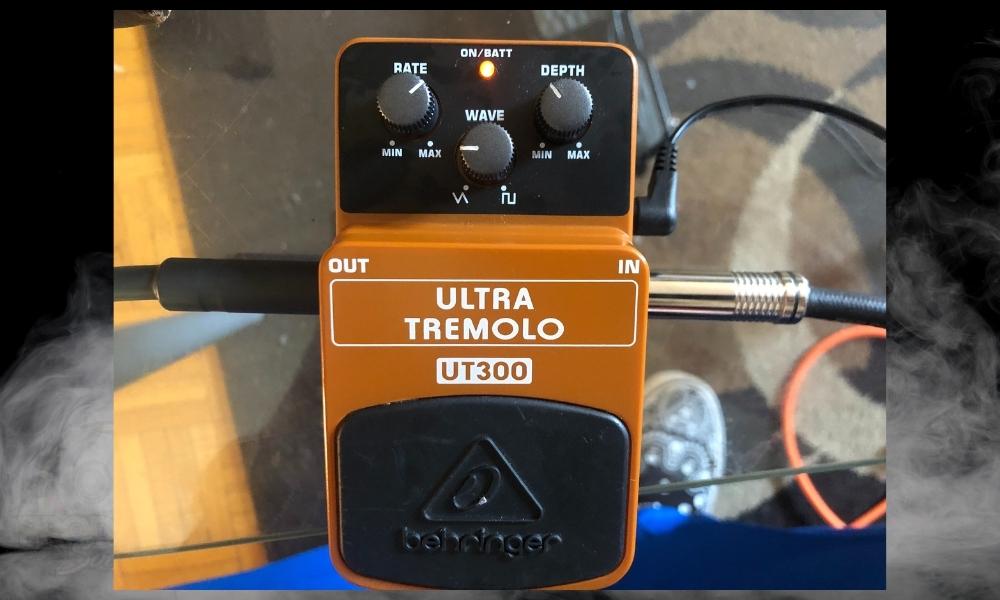
“Gimme Shelter” is probably one of the most famous songs of all time and features an introduction that is like no song ever written. It does a great job of capturing a particular foreboding mood.
In the case of this track, the tremolo effect isn’t that strong, so I would set the depth to 11:00 pm, the rate to 1:30 pm, and then the wave to 9:00 pm. Rolling Stones’ song, “Gimme Shelter,” 119BPM.
Also, it seems like the tremolo is used just for the introduction and at no other point in the song. Check out this YouTube video to learn it.
7) “Guerilla Radio” Rage Against The Machine
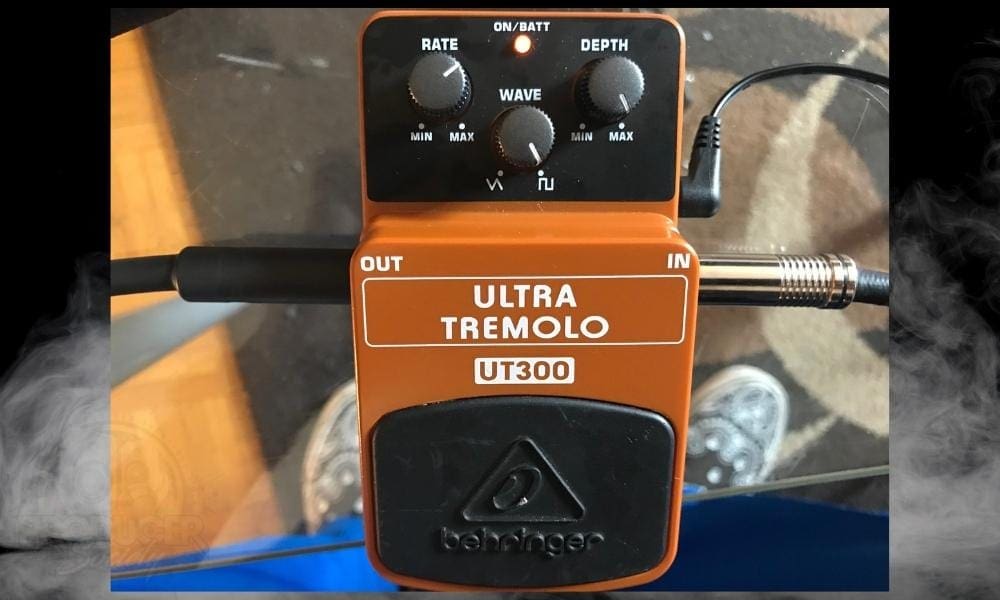
No tremolo article is complete unless you mention 1 or more Tom Morello songs. “Guerilla Radio” is one of those songs where Tom really goes hard on the effects too.
For much of the song, he’s either using tremolo, whammy, or a phaser. He also switches between one mute and one loud pickup with the pick-up selector to create the classic solo that’s totally in its own category.
The tremolo effect is mostly in the introduction though. Rage Against The Machine’s “Guerilla Radio” has a BPM of 104. Check out this YouTube video. And this should be enough to get you started with a tremolo pedal. Just a couple of points worth repeating:
- Use the rate to match the BPM of your song
- Put the Tremolo pedal at the end of your chain
- Because of the low current draw (30mAh), tremolo pedals are great on batteries
- Use the settings for the songs I mentioned for other tracks of a similar tempo
- Tremolo is a stuttering guitar signal created by altering volume, whereas vibrato is a pitch-shifting tool
- Tremolo goes great with delay and reverb
- Turn down the volume of one pick-up and increase the other to maximum, and then use the pick-up selector to flip between the pick-ups to create your own tremolo effect.
- Rage Against the Machine and Audioslave are probably the best bands to learn tremolo-heavy songs.
Other Articles You May Be Interested In
- How to Use A Volume Pedal [An Illustrated Guide]
- The Ultimate Troubleshooting Guide to Guitar Pedals [EASY]
- Batteries in Guitar Pedals vs Power Supply – Which Is Better
- What Guitar Pedals Sound Better With Dying Batteries? [EASY]
- How To Use A Digitech Whammy Pedal [The Ultimate Guide]
Important Things to Note About Tremolo Pedals
1) Other Tremolo Pedals Have Different Names For the Effects
Most tremolo pedals have some form of speed, intensity, and then the shape of the sine-wave. Use the principles shared in this article to use your tremolo pedal.

 Written By :
Written By :
